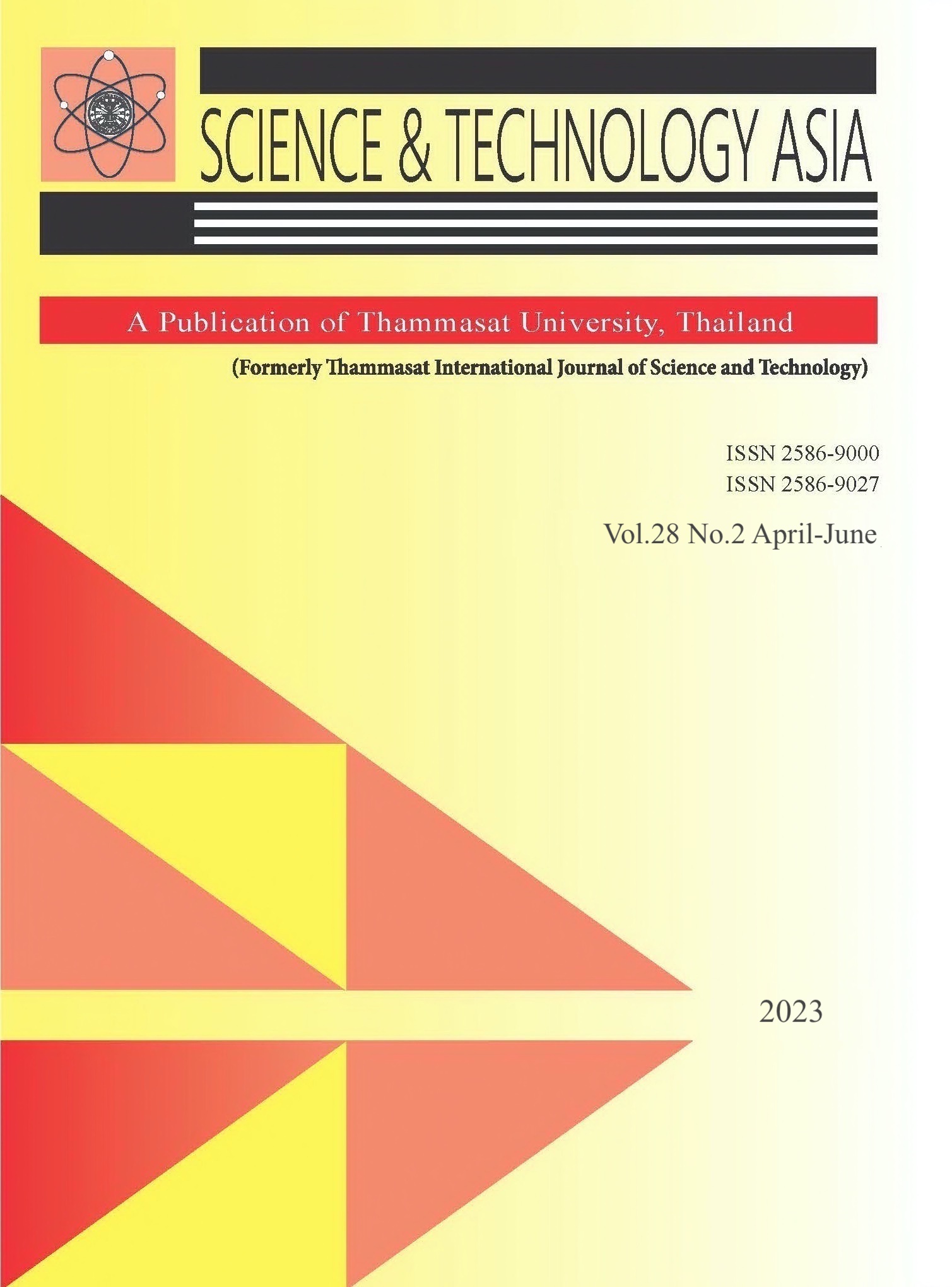Slope Stability of Riverbank during Flood in Bengkulu City, Indonesia (A case study of Nakau Segment)
Main Article Content
Abstract
The Nakau Segment area serves as the connecting zone between Bengkulu City and Central Bengkulu Regency. Socio-economic development has been significant within the last 20 years. Several housing zones are located near the riverbank of the main river called the Muara Bangkahulu River. The riverbank could undergo slope failure during floods. It is important to study slope stability in this area. This study is initiated by collecting undisturbed soil samples in the study area and measuring slope geometry. Furthermore, laboratory tests to check the soil’s physical-engineering properties are conducted. Those properties and geometries are used as input parameters in finite element simulation. Several results including failure mechanism, total displacement, and factor of safety are presented in micro-zonation maps. The results show that the factor of safety of the river bank is generally observed to vary from 1.5 to 2.0, especially in the eastern and western parts of the river. The results indicate the failure tendency could occur in the slope body which is consistent with slope failure observed in the field. The results of this study could be used as a consideration to design slope countermeasure efforts in the study area.
Article Details

This work is licensed under a Creative Commons Attribution-NonCommercial-NoDerivatives 4.0 International License.


